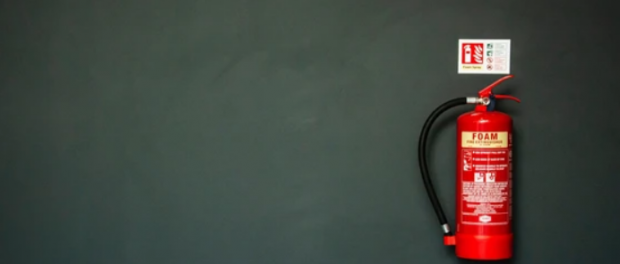Grenfell: Regulation Changes

There are many measures in place to reduce fire risks, such as fire risk assessments and fire stopping. However, the Grenfell fire tragedy highlighted severe oversights. Despite the measures that were in place, there were glaring gaps that needed remedying. As a result of the Grenfell fire and the subsequent inquiry, there have been several changes to the law. The most notable changes are covered in the Fire Safety Bill and the Building Safety Bill. Combined, they improve fire safety processes and requirements and impose greater oversight on the homebuilding industry.
Fire Safety Bill
The introduction of the Fire Safety Act 2021 was one of the most significant legal changes following Grenfell. The act affects England and Wales by changing the Regulatory Reform (Fire Safety) Order 2005.
The Fire Safety Act expands on and clarifies the Fire Safety Order and how it applies to buildings containing multiple domestic premises (i.e flats). The key focus of the act is how the rules apply to the walls and structures between domestic premises in building with multiple domestic dwellings. It also covers fire safety concerning doors between common areas and domestic premises.
There were a series of new fire safety provisions introduced in the act. Information concerning a building’s external walls must be provided to the people responsible for the building’s fire safety and the local fire service. The act also increases the requirements for inspections. Building owners or managers are now required to carry out annual entrance door inspections for flats. They must also inspect lifts monthly. Any faults with lifts must be reported to local fire services. The Fire Safety Act 2021 also implemented a public fire risk register.
The Building Safety Act
Alongside the Fire Safety Act, the Building Safety Act looks to prevent another incident such as Grenfell through tighter regulations, increased industry oversight and stronger recourse against developers and builders. The act empowers homeowners and residents by providing them with more rights and protections.
The act also introduces three new bodies tasked with oversight of various industries involved in the development of properties:
- Building Safety Regulator
- The National Regulator of Construction Products
- The New Homes Ombudsman
The Building Safety Regulator oversees the safety standards of all buildings. The National Regulator of Construction Products provides industry surveillance and enforcement. They work alongside Trading Standards to spot and deal with safety concerns relating to construction and aim to improve compliance with the new construction product regulations. The third governing body introduced in the act, New Homes Quality Board (NHQB), delivers a new home ombudsman service and oversees reforms to the quality of new homes.

The Grenfell fire disaster was a tragedy. It was a consequence of a series of failures and oversights. Investigation into Grenfell and other incidents highlighted a number of areas for improvement. The Building Safety Act and Fire Safety Act each look to tackle several of the highlighted issues. The new legislation aims to prevent future incidents like the Grenfell fire through more thorough and stricter industry oversight, more comprehensive fire safety regulation, and improved consumer protections.
